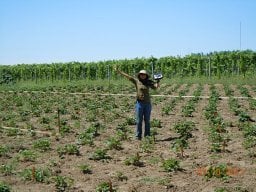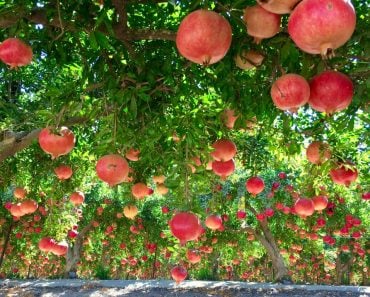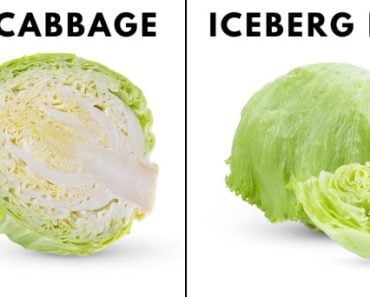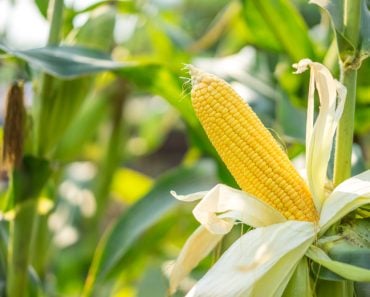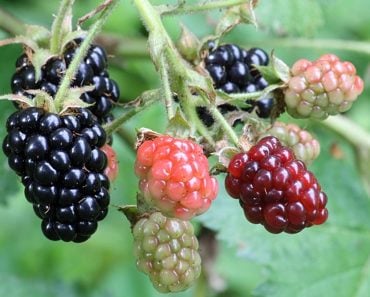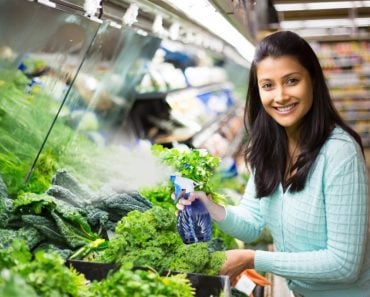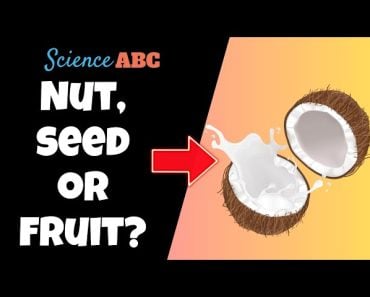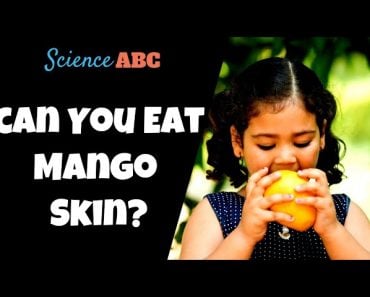Table of Contents (click to expand)
Fruits and vegetables look larger in the US than they do in India or any Southeast Asian or African country for a host of reasons, including customer preferences, transportation logistics and farming techniques.
Have you ever wondered why the vegetables and fruits on a US cooking show are so much larger and glossier than than the ones you see in your local grocery? Or perhaps you’ve wondered this as someone who lives in the US or has traveled there and noticed that the tomatoes, onions, lettuce and apples in the US seem to be larger, glossier and more perfectly uniform than in some other Asian countries.
How is it that fruits and vegetables in some countries are smaller and duller, yet those in the US look so different?

The reasons behind this difference range from customer preference to genetics. In the US, the largest share of produce is sold through large supermarket chains, which have a lot of say in terms of what kinds of fruits and vegetables the farmers should produce.
In contrast, in many Asian countries, sellers directly source their produce from farmers. The fruit and vegetable varieties grown in the US, along with the farming methods, are also quite different. Let’s look at some of the reasons for this difference.
Recommended Video for you:
Customer Preference
The customer is not always the person who will eat the fruit, which is ironic but true. The farmer’s real customer is the person who will buy their produce. In the US, this customer is usually a large supermarket chain with immense buying power, and thus a lot of influence over what is profitable for the farmer to grow.
Large supermarket chains, such as Walmart and Safeway in the US, have specific requirements for the fruits and vegetables they buy from farmers. Sometimes this has to do with the way the fruits will be packaged or the way they are displayed in the store.
For example, supermarkets sell romaine lettuce hearts packaged in plastic wrap, and this plastic wrap is of a certain size. The farmers have to produce romaine hearts of that specific size, or else the supermarket chains won’t buy their produce.
Similarly, watermelons are usually displayed in a large bin. Supermarkets measure size of watermelons based on how many fruits fit in the bins. The best (and largest) watermelons are those where 36 watermelons will fill the bin. This is called a 36-count. Less desirable varieties are 45 counts and 60 counts, wherein 45 and 60 watermelons fit in the bin, respectively.

Plant breeders know about these supermarket specifications, so they develop varieties and evaluate hybrid trials based on these counts. A 36-count refers to a fruit size of 8-10 kg, a 45-count to 6-8 kg, and a 60-count to 4-6 kg.
In contrast, in India and some Asian countries, grocery stores do not have such standardized bins. Watermelons (and other vegetables) are often piled on the shelves, so they don’t have such size specifications. However, Indian grocers buy fruit based on consumer demand…
Consumer Demand
In the US, consumers are used to buying large and cosmetically perfect fruits and vegetables. They also have higher buying power than the average consumer in developing countries like India. The average consumer in India has limited buying power and will happily buy fruit that is smaller and not so perfect, so long as they can get a bargain price.
American consumers prefer their fruits and vegetables to be large, clean, glossy, uniform, and perfect. Indian roadside groceries are not nearly as picky when it comes to the cosmetic qualities of their produce. Finding vegetables that are polished with wax is rare in India.

Another practical aspect is transportation. Bringing home a 10 kg watermelon, along with all your other groceries, is not exactly easy. Most US consumers go grocery shopping in their own vehicles so they can load up the groceries in their cars and simply drive home. In India, most people go shopping on foot or via public transport. In this way, they are limited in the amount of vegetables they buy. If they buy a 10 kg watermelon, they may not be able to buy much else in that shopping trip.
Going back to the example of watermelons, the Happy Family range of seedless watermelons developed for Asian markets are 3-4 kg each. On the other hand, Fascination watermelons, a popular seedless watermelon in the US, has average weight of 16-20 lb (7-9 kg).
When consumers demand ‘cosmetically perfect’ food, the farmers and retailers throw away a lot of fruits and vegetables that don’t meet this criteria. This results in a lot of food loss; amounting to approximately 680 billion USD per year in US and Canada. The per capital food loss in North America is 95-115 kg per year; whereas this number is 6-11 kg per year in South Asia.

Varieties Developed For Local Markets
Seed companies develop varieties targeting local markets and keeping in mind local preferences. The crop varieties available in the US are genetically programmed to grow much larger than the varieties in India.
For example, in the US, the National Onion Association categorizes onions based on size into: small 2.5-5.7 cm, medium 5-8 cm, large ≥ 7.6 cm, colossal ≥ 9.5 cm, and super colossal ≥ 11.5 cm. On the other hand, in India 4-5 cm is considered medium size, and the IIHR categorizes onions as small < 4 cm, medium 4-6 cm, large 6-7.5, and oversized > 7.5 cm size.
Thus ‘oversized’ in India is only 7.5 cm in diameter, whereas oversized in the US translates to 11.5 cm.
Farming Methods
Another important factor to consider are the farming methods used. In the US, vegetable production is concentrated in very large specialized farms. These farmers use precision and mechanized farming methods so that their crop varieties are able to grow to their full potential. In contrast, farm sizes in India are much smaller and many farmers lack access to the best farming technologies and the best hybrid seeds.
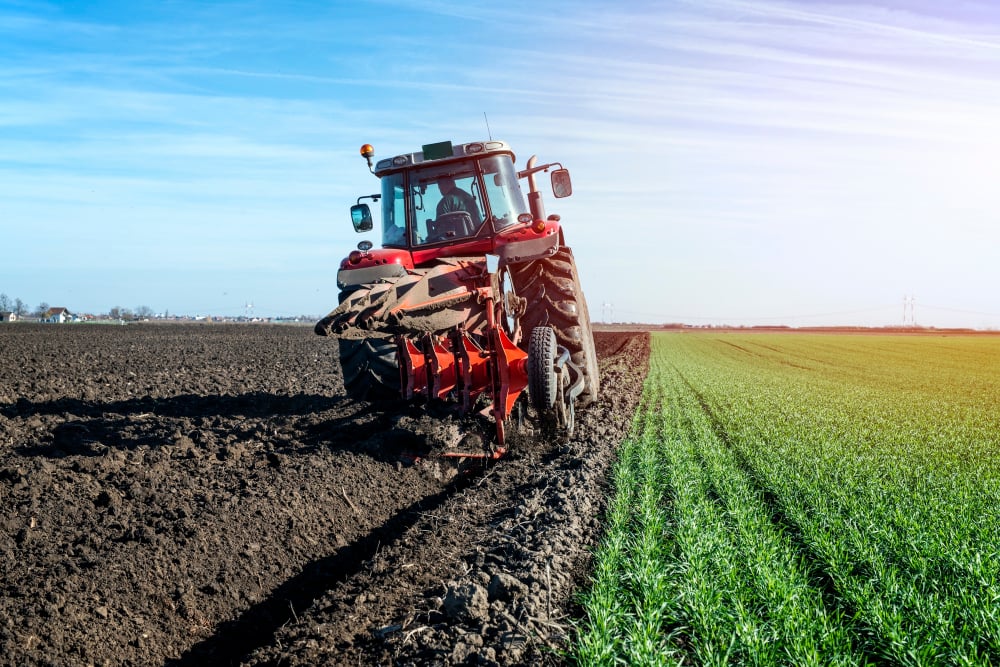
Conclusion
The size and appearance of fruits and vegetables depends on customer and consumer demands, genetics of crop varieties, and specific farming methods. Consumer preference is also influenced by overall buying power and living conditions. Of course, this is a very generalized issue and does not apply to all fruits and vegetables.
References (click to expand)
- Young, L. R., & Nestle, M. (2002, February). The Contribution of Expanding Portion Sizes to the US Obesity Epidemic. American Journal of Public Health. American Public Health Association.
- Why Fruit Has a Fake Wax Coating.
- Selecting Onion Varieties.
- Sizing and Packaging Options.
- Vegetable Production Concentrated on Very Large Farms.
- The land challenge underlying India's farm crisis - Mint.
- Insistence on Cosmetically Perfect Fruits & Vegetables.

